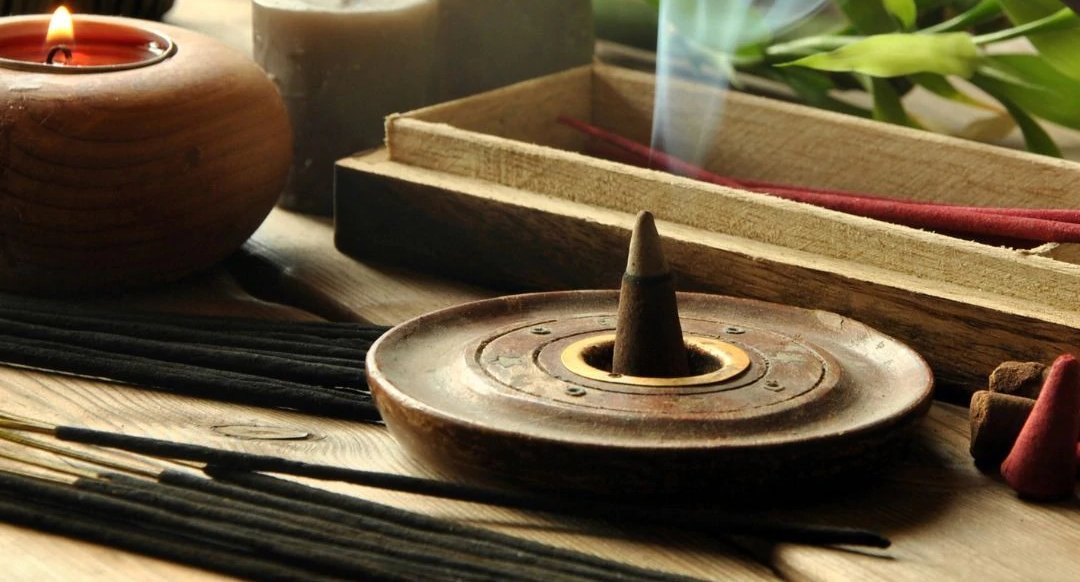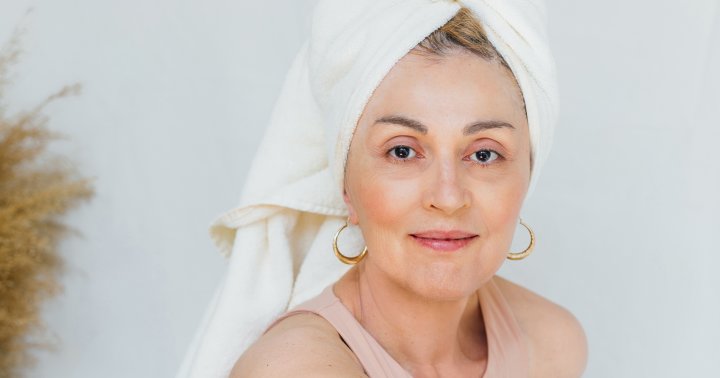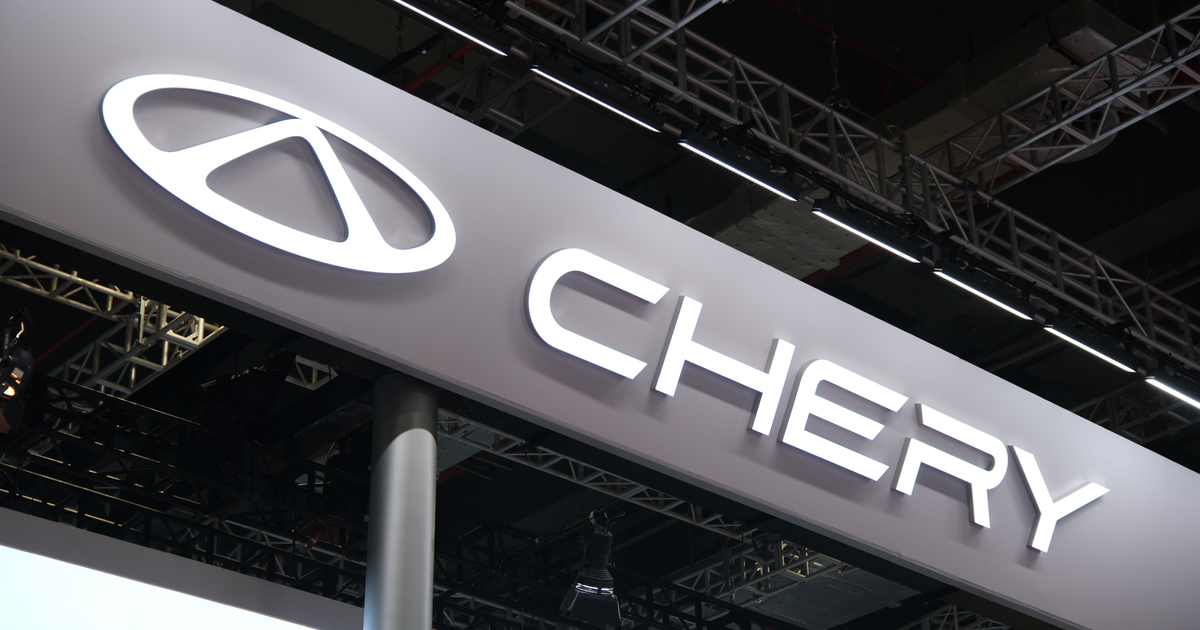This Facial Is A+ For Brighter Skin & Reducing Puffiness, Estheticians Say
We bet you've seen it on spa menus.
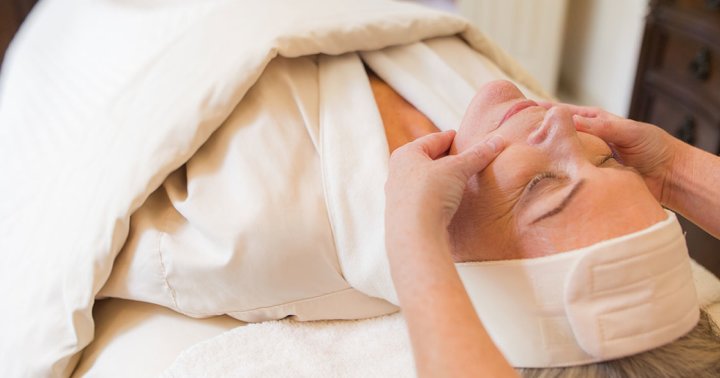
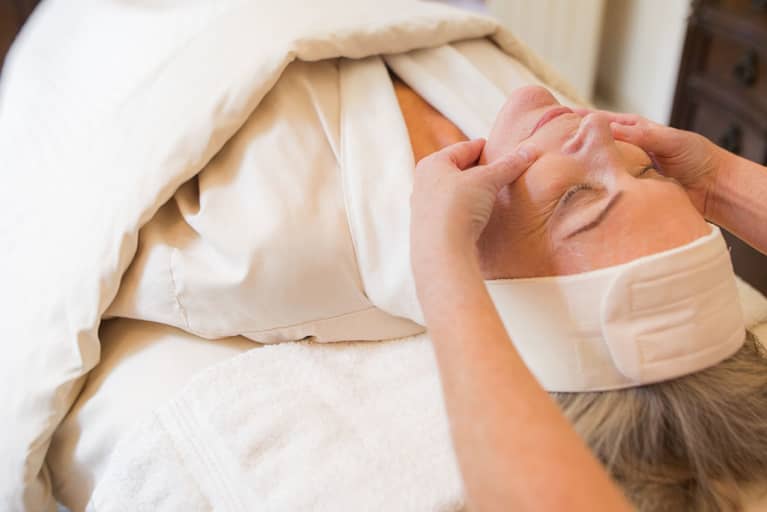
Our editors have independently chosen the products listed on this page. If you purchase something mentioned in this article, we may earn a small commission.
March 14, 2022 — 10:03 AM
Massage work is a fundamental step in most professional facials, as expertly kneading the skin can promote better product absorption, simulate circulation, and help sculpt the muscles. It’s arguably the best part of the line-up (IMO), as it not only improves skin appearance but also ensures a relaxing experience—for many, it’s a significant part of what makes a facial such a treat.
Now, some types of facials will really home in on the massage, focusing on specific meridians of the face to help drain excess fluid and encourage flow. Enter, lymphatic drainage facials: Ahead, find out how this treatment can benefit your skin, how it works, and what to know before booking a session.
What is a lymphatic drainage facial?
First, it helps to understand a bit about the lymphatic system: As health coach Ivonne Boujaoude, DNM, once told us, the lymphatic system is a network of vessels and other organs that keeps body fluid in balance. Lymph, the clear fluid that travels within the lymphatic system, helps deliver vital nutrients while ushering away toxins and waste—essentially, it helps aid the body's natural detox process.
However: "The lymphatic system relies on muscle contraction, diet, exercise, and physical manipulation to function normally. Unlike the circulatory system, your lymphatic system doesn't have its own pump. That's where lymphatic massage comes in," says celebrity esthetician Renée Rouleau. See, you have a high concentration of lymph nodes in your face and neck, so specific movements can help encourage flow—an esthetician or licensed acupuncturist might use their hands, a gua sha stone, or facial cupping tools (although, professional facial cupping treatments will likely follow an acupuncture session).
"For the skin, conditions like puffiness, acne, dryness, dullness, and even skin sensitivity can be improved and even resolved by simple lymphatic stimulation, because it helps the body do what it's meant to do: heal,” Rouleau adds.
Of course, every treatment is different, depending on the professional you see. However, the esthetician or acupuncturist will likely begin by applying some sort of serum or oil to avoid any friction. Then comes the specialized movements: Says Akram, your expert might start from the center of the face (near the nose) and work outwards, ending at the collar bones.
“You may find your esthetician incorporating the use of a jade roller, or gua sha to enhance the draining experience,” she adds. “These are great tools, however when draining the lymphatic systems, the key is a very light and gentle touch. You don’t want to drag the skin, which can create lines or wrinkles.”
That’s why it’s crucial to find an esthetician or licensed acupuncturist specifically trained in this type of facial—not only will they have a gentler touch but they’ll also know exactly how to target the channels on your face, thus providing a more successful experience.
Considering lymph buildup can result in a variety of skin concerns (dryness, dullness, puffiness, acne, etc.), pretty much any skin type can benefit from a lymphatic drainage facial. However, if you’re dealing with any open, active acne you might want to skip this type of facial, as it may be too much stimulation.
A lymphatic drainage facial is associated with many skin care benefits—but it should not be confused with a basic facial massage. In fact, lymphatic massage has actually been used as a centuries-old medicinal practice, as the lymphatic system is part of the immune system. So if you’re immunocompromised in any way, please speak with a doctor before deciding to manipulate this essential network.
On that note, allow us to re-emphasize how important it is to find the right professional. “We suggest finding an esthetician trained in this type of treatment,” says esthetician Darya Rzaca, co-founder of Atelier Beauté. “It consists in pressing and rubbing the skin through the use of specific techniques and specialized movements to push the accumulated fluid under it,” which requires a very practiced hand.
As for the service itself, it likely won’t require any downtime on the skin care front. “The only thing that comes to my head with lymphatic drainage is that it can leave you feeling exhausted,” says esthetician Aneta Zuraw, co-founder of Atelier Beauté. After all, it takes work for your body to flush out all of that accumulated waste! That said, you may need to rest for the day—it might not be best to jump into any strenuous activity. It’s more common after a full-body lymphatic drainage massage, but an important warning nonetheless for facials, too.
Says Akram, you also want to make sure to drink plenty of water post-treatment—after those excess fluids get released from the tissues, you want to continue to flush them out of the body. Yes, that means a few more trips to the bathroom, but it’s the only way the waste can truly exit.
Lymphatic drainage facials can help encourage circulation in the face, which can make the skin appear brighter, reduce puffiness, and even help with breakouts. Again, this facial is not for everyone, so make sure to speak with your doctor if you have any specific concerns. And if you’re curious about other types of facials, make sure to browse our full guide—chances are you’ll find one that suits your skin care goals.
https://www.mindbodygreen.com/articles/lymphatic-drainage-facial

 Tfoso
Tfoso 







